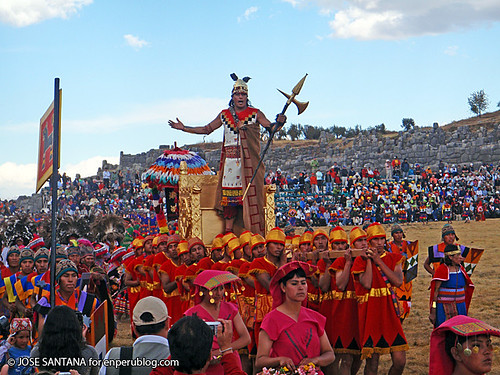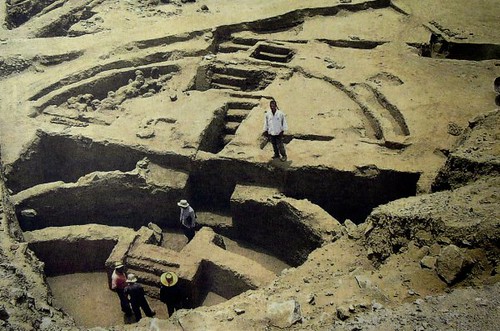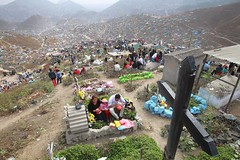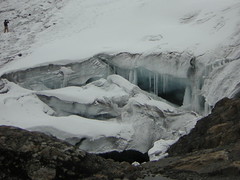Inter-Oceanic Highway
The Initiative for Integration and Infrastructure of South America, launched in 2000 by the governments of 12 of the region’s countries with the support of the Inter-American Development Bank and the Andean Fomentation Corporation (CAF), includes the promotion of 10 integration axes that bring together 335 projects with a combined value of 37.5 billion dollars. These projects are principally concerned with transport, but they also include energy and communications initiatives, one of which is the Inter-Oceanic Highway between Brazil and Peru.
The project, in Peruvian territory, consists of asphalting or improving 2,586 kilometres of highway, from the small city of Iñapari (Madre de Dios) – on the Brazilian frontier – to the ports of Moquegua, Arequipa and Ica at a cost of US$ 892 million. The Amazon section of the project, the subject of this study, crosses the Amazon regions of Madre de Dios, Cusco and Puno, between 200 and 4000 metres above sea level. This part of the project will be executed and subsequently administered in concession by two companies, known as BOT (build, operate and transfer). The work was studied, offered in tender, awarded, partially financed and initiated between 2003 and March of 2006. Part of the financing came from the CAF, with a guarantee by the Republic of Peru. The highway in Peru is linked with the Brazilian road system, allowing road traffic by asphalted road between the seaports of the Atlantic and the Pacific.
The Amazon region through which the road will pass is the most pristine area of Peruvian forest and one of the greatest concentrations of biodiversity on the planet (including a high number of endemic species), due to its good state of general conservation and the enormous variety of ecosystems. It is also the refuge of a number of indigenous groups that live in voluntary isolation. Therefore, the improvement of this road is extremely significant in terms of the risks for the worldwide efforts to conserve biodiversity and also the rights of the last human populations that live without (or, at least, with very little) contact with modern society.
Read the full article at Rumbos del Peru
Slideshow with comentary from Kelph.com
Tags: amazon, brazil, indigenous, Inter-Oceanic Highway, rainforest










